This journal is brought to you by:
- Diane Rath and her 3rd grade students at Bartlett Elementary
- Mrs. Hillhouse and her 4th grade CLUE students at Campus School

Mt. Erebus: Liquid Lava, Steamy Gas, Solid Ice
Always in the distance, there is a smoking reminder that Antarctica is a place of extremes! From ice and glaciers to lava and volcanoes – Antarctica is one intense place.
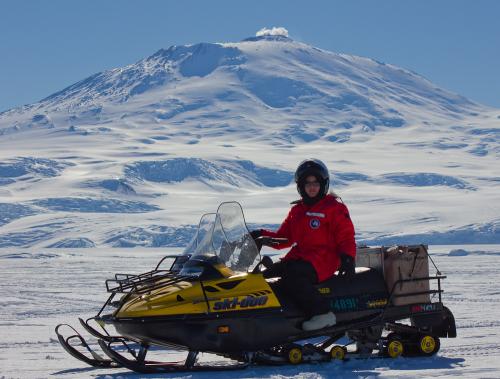
McMurdo station, sits at the bottom of a volcano. That’s right, there is a volcano (in fact there are 35 volcanoes) in Antarctica! This particular volcano is named Mt. Erebus and is the southernmost active volcano and is the second highest volcano in Antarctica. It is what volcanologists (people who study volcanoes) call a stratovolcano which basically means it is cone shaped with steep sides. It was discovered by James Ross in 1841 (while it was erupting!) who named this volcano and a smaller volcano near it after his ships – Erebus and Terror. This volcano erupts frequently, sometimes more than once a day, spewing lava, lava bombs (balls of gooey lava that are shot into the air by the force of the eruption) and tons of smoke and steam.
Video of Mt. Erebus erupting - it has a great lava lake eruption and a lava bomb! http://
Melting Cone
The hottest thing about this volcano is not the constant stream of smoke coming from its top. This volcano is home to one of the five constant lava lakes in the world! Always exposed at the top of the volcano, the lava temperature is about 1700°F. The depth of this lake is unknown (perhaps miles deep), but volcanologists find it fascinating because they can learn what goes on inside a volcano by studying this lake.
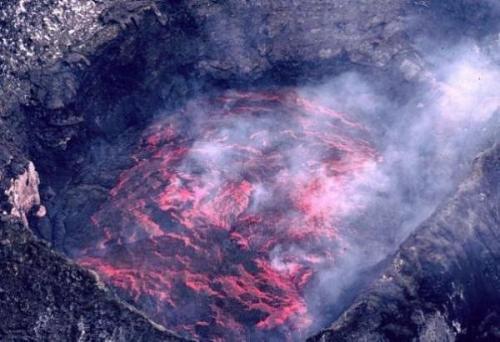
Steamy Architect
Because Mt. Erebus is the hottest thing around it creates some spectacular formations out of the ice surrounding it. One of these forms is called an ice tower or fumarole.
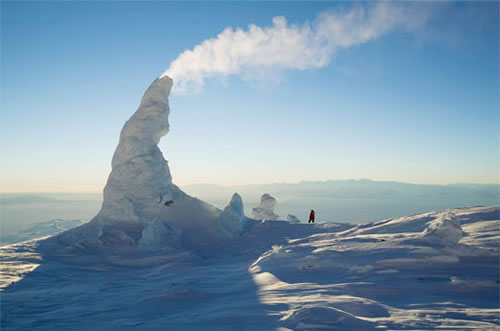
Ice towers are formed when steam escapes from the volcano and melts the snow above the ground. As the steam rises, it freezes instantly creating long winding towers that can be up to 60 feet tall! You can think of these as chimneys that help to release pressure under the volcano. However, these structures are not very sturdy and collapse easily – just to be rebuilt again by the steam!
Hot Hideaways
In addition to these fanciful structures, Mt. Erebus also creates beautiful ice caves under the snow. Again the key here is the steam and gases rising from underground. This steam creates ice crystals that look like rocky cave formations. The great thing about these caves, besides the crystals and the interesting light reflections is that they are warm (for Antarctica at least) since the inside temperature of these caves can reach about 32°F!
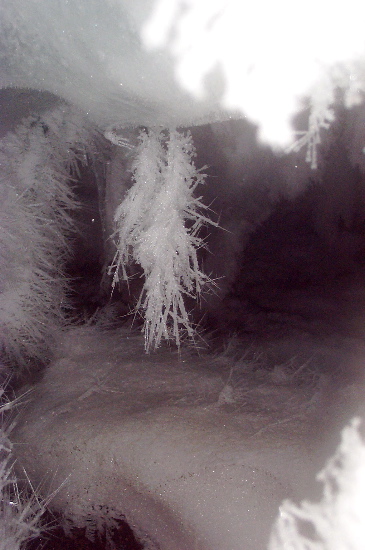
A Tongue but not for tasting
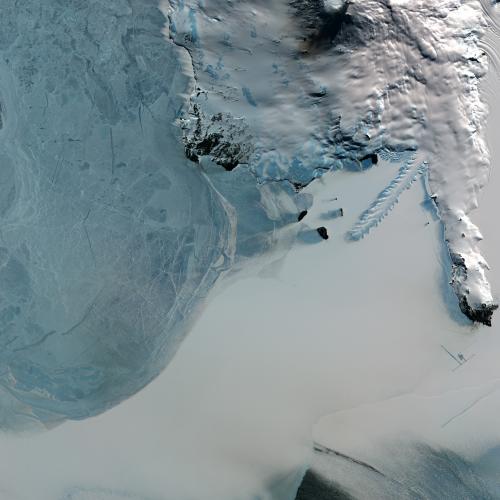
Lastly, this volcano has a tongue – an ice tongue that is! Ice tongues form when a glacier is moving very quickly to the shore. Since Mt. Erebus constantly feeds glaciers through the ice tongue, it has become part of the landscape. In fact, during the summer when the sea ice surrounding the tongue melts, the ice tongue will float without thawing - but does occasionally calf off fairly small icebergs. Small because the tongue is only about 10 meters (over 30 feet high). When this happens waves will crash against the ends of the ice and creating intricate structures - occasionally even an ice cave. Then the winter freeze traps these elaborate structures.


Comments